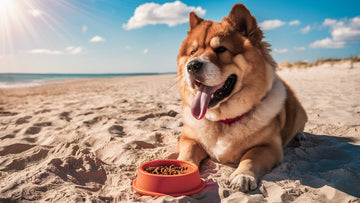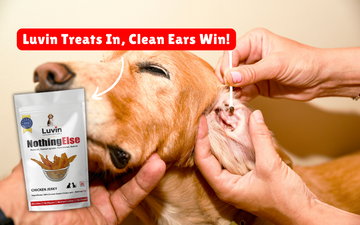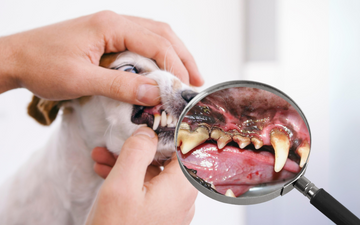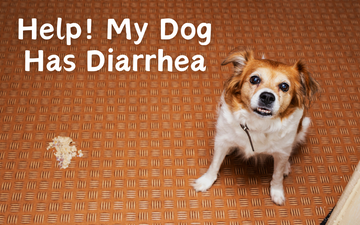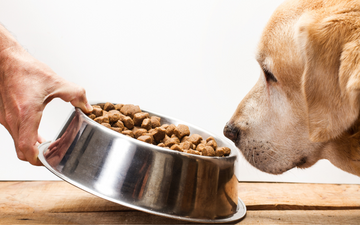
We know you care about your canine partner and you have done all your search about dog food online. You may feel now is the time to change your dog’s food to accommodate their nutritional requirements.
Let’s take a look at various occasions in a dog’s life when they will have to transition from the old diet to a new one. It can be due to age, health issues, or simply that you want to introduce a new dog food which covers all the macronutrients coming from the best sources and have more bioavailable micronutrients.
Is it important to change food?
A dog needs a change in diet only when their dietary requirement changes and they can not be fulfilled by the current diet.
Like the transition of food at different life stages a puppy needs more proteins, fats, and calcium in their diet compared to adult dogs. Now you may wonder when to switch puppy to dog food.
The puppy should be shifted from the puppy food to the adult food when they are around 9 months old if they are small breed dogs like Pug or Shih Tzu.
Medium and large breeds take longer to reach their full adult size and maturity. For these breeds, transitioning to adult food is often recommended around 12 months of age.
Giant breeds, like Great Danes or Saint Bernards, may continue growing and maturing for up to 18 to 24 months.
A food switch may also be needed if the dog develops health issues. Such as allergies, digestive issues, or renal issues. Sometimes the current dog food may be lacking certain nutrients like some vitamins if dog vitamin supplements are not able to do the work you may think about switching the food.
As a dog parent, you are very conscious about their health and well-being and may switch to a different dog food brand or formula that you believe is beneficial for your puppy and addresses all their needs.
Sometimes your dog indicates that it is time for a change they consistently refuse to eat the current food and may show signs of boredom. You can try Luvin’s herbal Gourmet Food Topper for dogs it is formulated to stimulate your pet's appetite and make the food fun.
How to make the change?
The transition of dog food should not be an abrupt step. You can not just change your dog's food as this will cause gastrointestinal tract issues like diarrhoea, vomiting, and inappetence. You might think these issues are due to the new diet.
Changing dog food is going to around 7-10 days and a lot of patience.
On day 1, add 10% of the new food to 90% of the old diet. Observe the dog If you see no ill effects go on to increase the amount of new food on the subsequent day.
On day 2, try mixing 20% of the new food with 80% of the old diet.
On day 3, try mixing 30% of the new food with 70% of the old diet.
On day 4, try mixing 40% of the new food with 60% of the old diet.
On day 5, try mixing 50% of the new food with 50% of the old diet.
If you feel your dog is having trouble adjusting you can always reduce the new food amount increase the old food and then try again slowly maintaining a mix of old and new food for a longer duration.
On day 6, try mixing 40% of the new food with 60% of the old diet.
On day 7, try mixing 60% of the new food with 40% of the old diet.
On day 8, try mixing 70% of the new food with 30% of the old diet.
On day 9, try mixing 80% of the new food with 20% of the old diet.
On day 10, try mixing 90% of the new food with 10% of the old diet.
Gradually phase out the old food entirely, so your dog is now exclusively eating the new food by the end of this.
Keep in mind that some dogs may adapt to the new food more quickly, while others may require a more extended transition period. The key is to be patient and flexible in tailoring the transition to your dog's individual needs and preferences.



